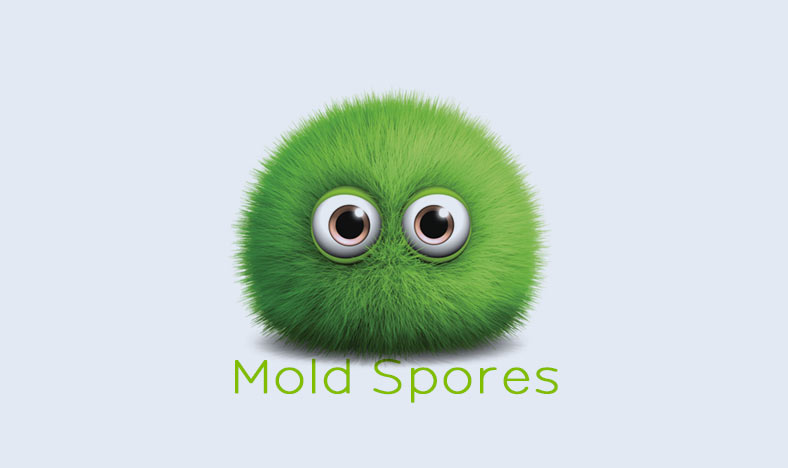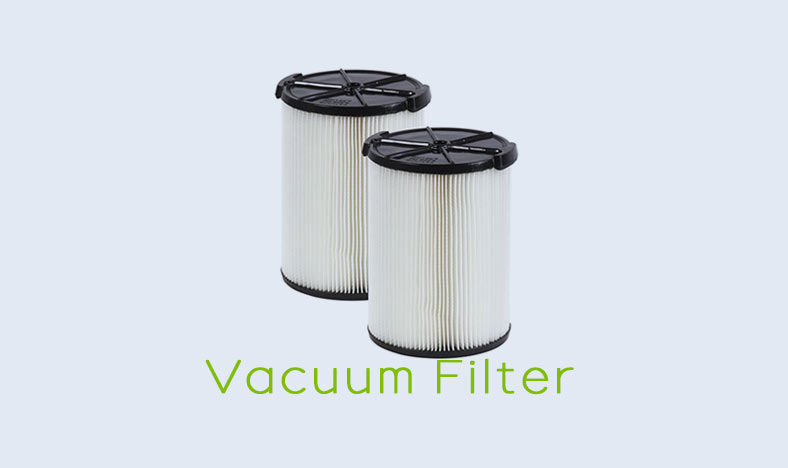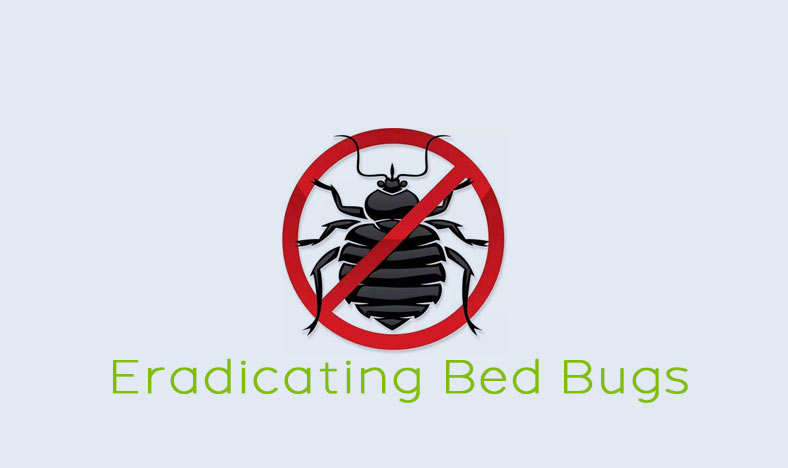No matter where you are, there’s a high chance that you’re surrounded by millions of mold spores that are floating in the air at this very moment. These tiny spores can trigger several allergic reactions that vary from sneezing, itchy eyes, runny noses, and much more. The truth is, there is no way to completely eliminate them because they can grow almost anywhere indoors and outdoors, but there are good ways to spot potential breeding grounds and reduce their impact.
How can you recognize and kill mold spores? Even though it’s impossible to rid your entire home of mold spores, you can spot areas where they will likely grow in your home and significantly reduce their impact. Even if you clean up all the mold, it will just grow in different areas if you don’t eliminate the source. Mold spores thrive in areas with a lot of moisture. It’s essential to keep the humidity in your home low and reduce the amount of moisture. Here are some tips you can use to reduce the growth of mold spores:
- Maintain your indoor humidity at a level below 60%
- Keep all of your air conditioning drip pans clean.
- Locate cold surfaces and add insulation to reduce condensation.
- Keep doors in your home open to increase circulation.
There’s a large number of reasons why mold spores can be growing in your home, and each reason comes with multiple ways that you can reduce their impact. Solutions range from simple home adjustments to specialized home appliances that significantly target the mold spores in the air. The following paragraphs will help you determine what’s causing the spores to thrive in your home, and the best way to deal with it.
How Mold Spores Are Affecting You
Usually, a simple over the counter drug like Claritin can reduce the effects of allergies caused by mold spores, but this is only a remedy for a problem that can be significantly reduced or even prevented. If you’re reading this article, then there’s a high chance that you’re already familiar with the typical effects of sneezing, red eyes, skin rashes, and runny noses. Still, there are more severe side effects to be cautious of.
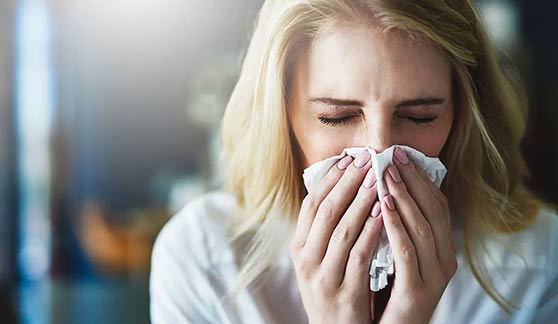
Certain people are more vulnerable to mold spores. In severe cases, breathing them in can result in shortness of breath or tightness in the chest. People with asthma can get an asthma attack, and even have their condition worsened. Here is a list that shows what kind of people may be more sensitive to mold spores:
- Elderly people
- Infants and small children
- People with lung disease
- People with compromised immune systems due to cancer, HIV infection, liver disease, or chemotherapy
Where Mold Spores Thrive

There are several common household areas with the most mold spores in the air that you should keep an eye on. It’s important to clean up all visible mold in your home. If you’ve cleaned the mold, then there’s a good chance that more will grow because the spores are likely still feeding off of the original source. Specific rooms can help mold thrive in different ways. The following table shows which rooms the most mold can grow in, and tips on how to reduce it:
| Bathrooms | • Keep the air flowing! Open windows or use an exhaust fan to reduce humidity. • Replace flooring that can get wet. • Clean tubs and sinks regularly. Mold spores can thrive on soap. • Resolve all plumbing leaks promptly. |
| Kitchens | • Make sure your garbage pails are cleaned continuously. • Inspect and routinely clean door gaskets and drip pans on the refrigerator. • Repair all plumbing leaks in a timely manner. • Always use an exhaust fan when washing dishes or cooking to reduce humidity. |
| Laundry Areas | • After each cycle is done, quickly remove your clothes from the washing machine. • For front-loading machines, clean the rubber seal and the inside of the door. When you’re not using the machine, leave the door slightly cracked open. • Do not leave wet or damp clothes out. • Maintain proper air circulation through the room. |
| Bedrooms | • Certain bedding foams have a higher chance of feeding mold spores. Use plastic covers on rubber foams and polyurethane. • Discard or recycle old clothing, newspapers, books, or bedding. • As with the other rooms, maintain proper air circulation. Keep your closet open because it tends to be cooler than the rest of the room, and it can help reduce humidity. |
| Basements | • Just like in the bathroom and kitchen, repair all plumbing leaks as soon as you spot them. • Make sure all groundwater drains away from your home. Sometimes leaf and dead vegetation buildup can prevent proper water flow. Make sure all paths are clear to reduce unnecessary puddle buildup. |
How To Effectively Remove Mold Spores
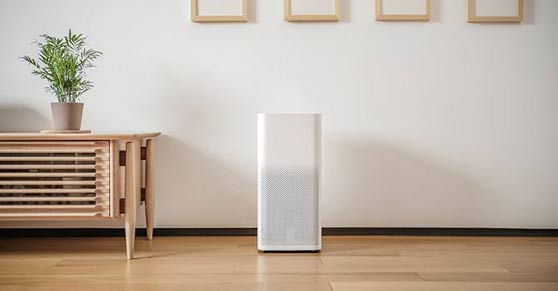
It’s important to know the methods that can reduce the growth of mold spores for each room of your house, but there are steps you can take to take care of your overall home. The key to remember is that mold spores flourish in moisture, so you need to reduce the humidity in your home. The following list will help you reduce and kill mold spores in the air for your entire home:
- Get An Electric Dehumidifier: Dehumidifiers reduce moisture and can keep the humidity levels in your home under 45%. Just make sure to drain the dehumidifier regularly.
- Get A Water Vacuum: Water vacuums can actually wash the air in your home. They have a specialized water filter that can separate all of the nasty molecules you’ve been breathing in, leaving the room fresh. Ordinary vacuums tend to spread mold spores, while water vacuums eliminate them.
- Increase Overall Airflow In Your Home: Simply keep the doors in your home open, and keep furniture away from the walls to maintain steady airflow. Turn on your fans to direct the air as much as you can.
Conclusion
Mold spores and grow and thrive anywhere outdoors and indoors. As long as there is moisture in the air for it to feed off of, you will be prone to all of the nasty allergic reactions it can produce. Generally, mold spores cause little to no effect when they are present in small amounts. This is good because we’ll never be able to be rid of them completely. But if they find a place to thrive, they will multiply and give you all the allergic reactions we generally tend to hate.
Depending on your age or health conditions, the effect these mold spores can have on you ranges from simple allergies to more severe side effects like skin rashes or shortness of breath. It’s essential to keep the humidity in your home low, and a vigilant eye on all the potential places mold can grow. Even a simple wipe-down of appliance condensation can prevent severe allergic reactions. I hope the information in this article has helped you prepare for every case against mold spores and their potential damage.
